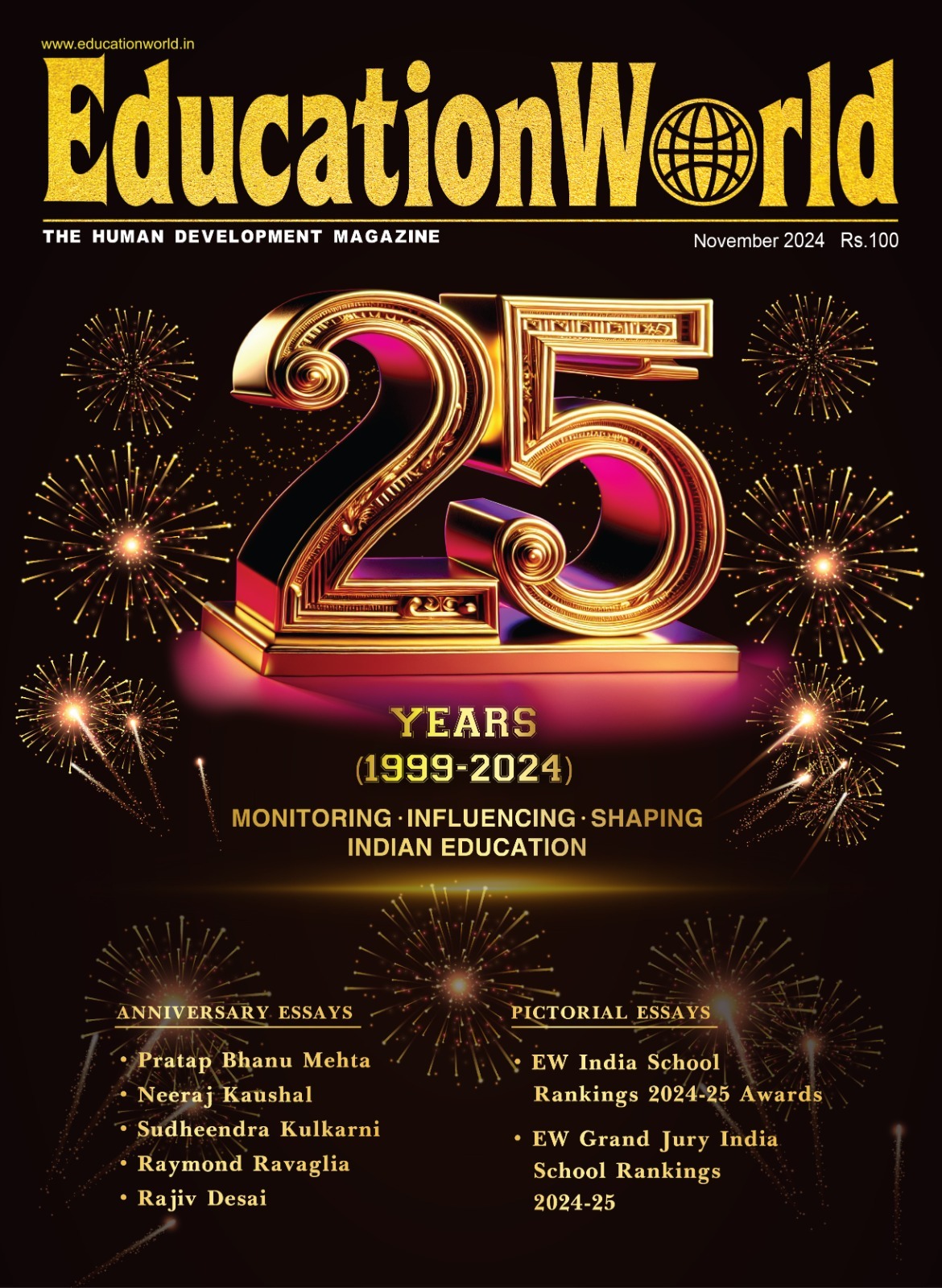Cutting Evaluation Time to Give Teachers More Instructional Hours
Efficient assessment processes are becoming central to improving teaching quality and enabling educators to focus on classroom instruction. As outlined in the National Education Policy (NEP) 2020, teachers remain at the core of educational reforms, yet a significant portion of their working hours continues to be spent on administrative tasks rather than teaching.
In many schools, teachers manage evaluations, grade papers, enter data manually, and compile reports—activities that reduce the time available for lesson planning, personalised instruction, and student engagement. While assessments are essential for understanding learning levels, identifying gaps, and informing curriculum decisions, the manual processes attached to them often lead to workload pressures and burnout.
Recent advancements in digital assessment tools are reshaping this scenario. Emerging AI-enabled classroom response systems and Bluetooth-supported clicker devices are helping educators reduce evaluation time by as much as 70%, according to sector practitioners. These tools allow teachers to administer digital tests, automate grading, and access performance insights instantly.
Key features of these technologies include:
- Digital assessments with real-time results: Automated grading provides immediate feedback, reducing manual corrections.
- Data consolidation and reporting: Systems generate detailed performance reports highlighting strengths, weaknesses, and trends at individual, class, and school levels.
- Targeted instructional insights: Teachers receive guidance on areas that require reinforcement, supporting timely interventions.
- Curriculum alignment: Assessments can be mapped to prescribed academic frameworks, reducing the need for manual cross-referencing.
By automating time-consuming tasks, these tools give teachers more opportunities to engage in interactive classroom activities, prepare lessons with a stronger data foundation, pursue professional development, and build stronger student relationships. Educators report increased classroom participation and improved learning continuity when administrative burdens are reduced.
With more than 20,000 teachers in India adopting such technology-enabled assessment systems, the shift from manual evaluation to rapid, insight-driven processes is gaining momentum. As schools continue to integrate digital assessment solutions, the broader education ecosystem may see a sustained move towards more efficient, student-centred teaching practices.
Also Read: Smartclass: Powering India’s Digital Education Revolution

















Add comment